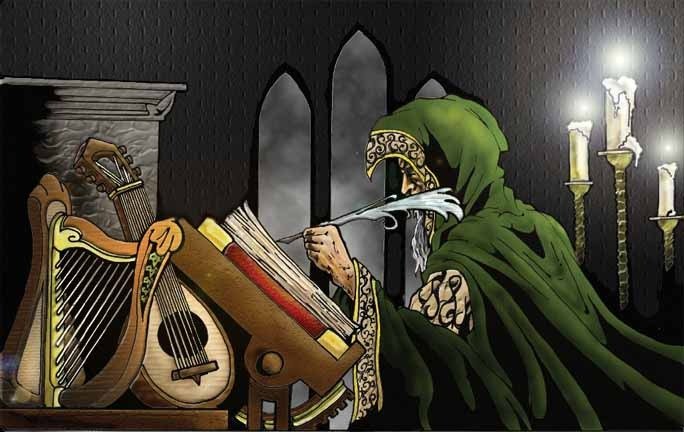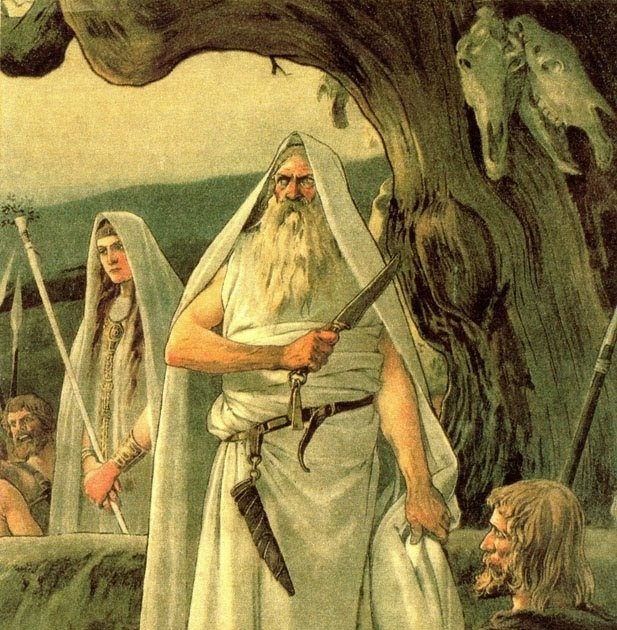
The Druids formed a powerful class within the Celtic society, a civilization that, 3000 years ago, inhabited the territory where today are the United Kingdom and the north of Spain, Portugal and France. All these peoples shared the same linguistic trunk and some cultural traces. Within the different functions of the Druids in the society, the main ones were to be advisers. Considered by many as magicians and sorcerers, the philosophy of the Druids was based on the principles of love and wisdom. They worshipped nature and were always looking for a balance between all living things. In addition, Consechaban music and poetry. The formation of a druid could last 19 years. According to the level of training, the Druids could exert three different functions.
BARD
The first degree of Druid Learning. They were singers and poets. With the music they expressed the emotions, they told stories and praised the gods. They were trained to convey the Druid message, their myths and their ancestral mysteries.

OVATES
The ovates possessed medicinal and supposedly magical abilities. They knew astrology, and in the state of Transe, were able to connect with beings from beyond. They could predict the future and transmit messages from other worlds.

Druids
were profound connoisseurs, counselors and responsible for the Druídicos religious rituals. They were also judges and made important political decisions.

Curious things about Druids
- According to the Roman naturalist Pliny, the Elder, the Druids used a golden sickle to collect visco, a herb that grows in the segments of the trees and that they considered it sacred.
- Originally from Gaelic, Breton and Welsh terms, druid means "Oak Temple"
- Julius Caesar would have invented that the Druids were adept at human sacrifice to justify their military campaign against the Wild Celts.
- The magician Merlin who appears in the legends of King Arthur is a druid. He is considered the greatest bard of all time.
